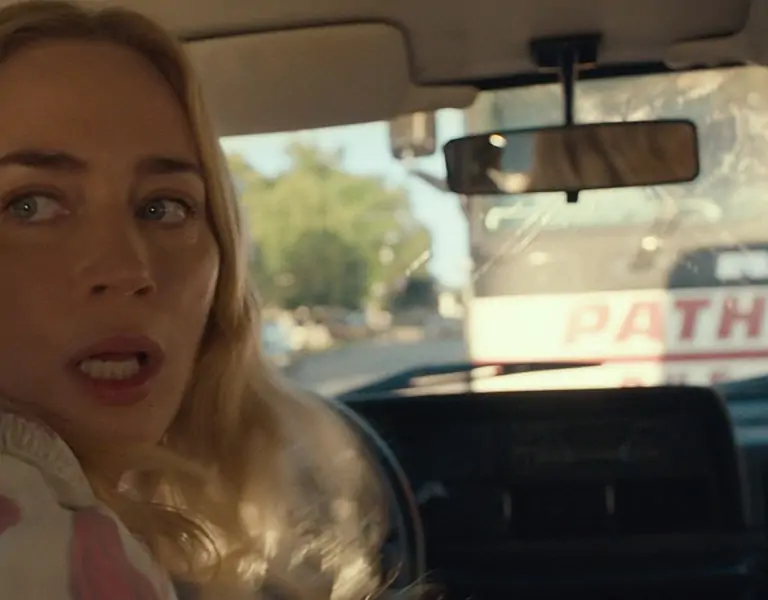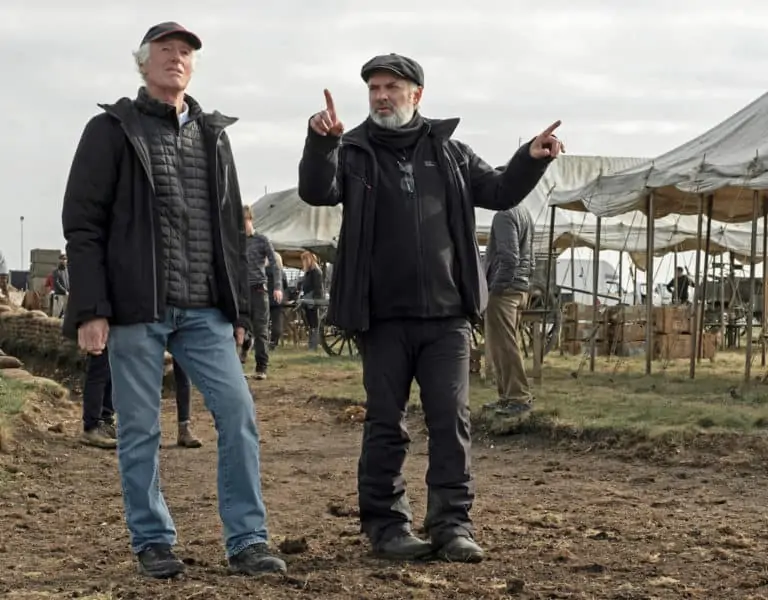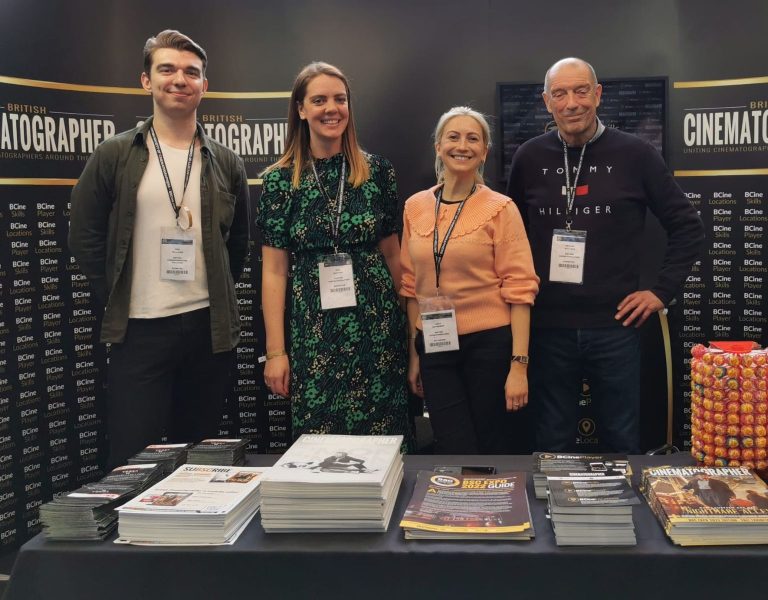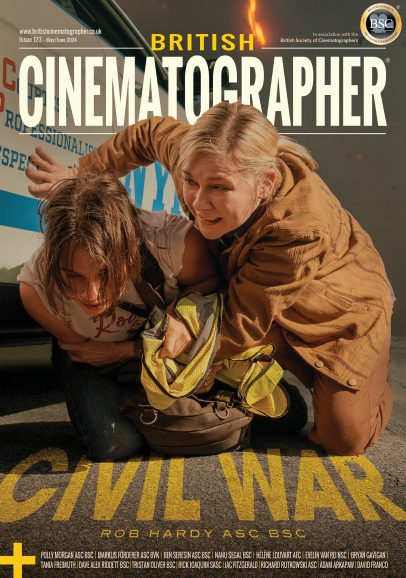LIFE THROUGH A LENS
The remarkable yet tragically brief life of Amy Winehouse is vividly portrayed in a compelling new biopic. Cinematographer Polly Morgan ASC BSC explains how she added colour to Back to Black.
The “27 Club” is uniquely distinguished; while it may spark interest in casual conversation, it’s a list no one genuinely cares to join. This haunting phenomenon in popular culture and music history showcases legendary artists who all tragically passed away at the age of 27, most due to their high-risk lifestyles. Those who ascended to this informal list include Brian Jones, Jimi Hendrix, Janis Joplin, and Kurt Cobain, all of whom have been directly the subject of or inspired dramatic biopics.
One of the most notable films is the 1991 classic The Doors, Oliver Stone’s depiction of the namesake band, where Val Kilmer’s portrayal of Jim Morrison garnered critical acclaim, echoing the raw passion of the group’s frontman. In 2024 it’s the turn of the late Amy Winehouse, a gifted Jewish singer from London who was celebrated for her profound, soulful contralto vocals and diverse blend of musical styles including soul, rhythm and blues, reggae, and jazz.
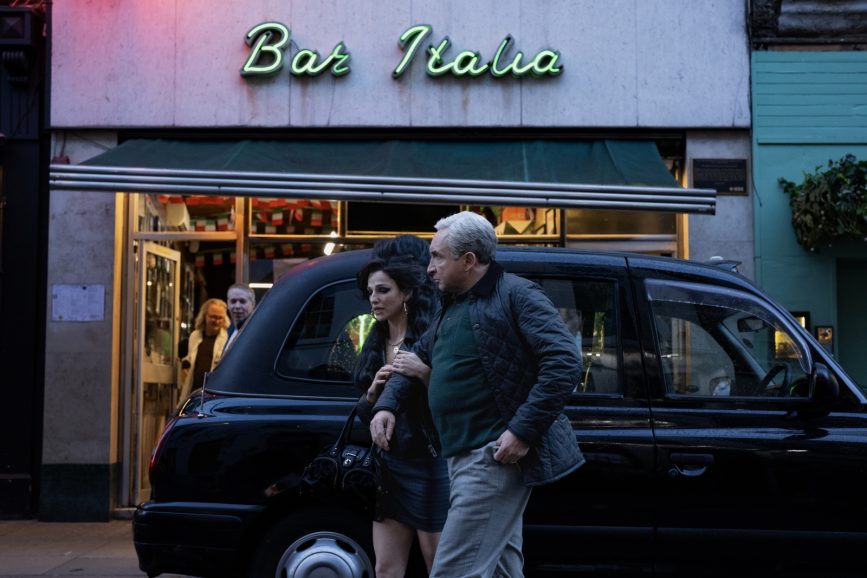
Directed by Sam Taylor-Johnson (Nowhere Boy, Fifty Shades of Grey), produced by StudioCanal and Monumental Pictures, and with a powerful performance from Marisa Abela as Winehouse, one of the most iconic stars of the 21st century takes centre stage once again in Back to Black. The film offers an intimate portrayal of Winehouse’s meteoric rise, tracing her journey from a humble childhood in Camden Town through the creation of her first album, Frank, and then the success of her seminal song and album which share the same name as the film.
Through the singer’s perspective and drawing from her evocative lyrics, it unravels the intricate layers of her persona, exploring the painful loss of her grandmother and turbulent romance with on-off boyfriend and later husband Blake Fielder-Civil, until her untimely death from alcohol poisoning in 2011.
The film was captured by cinematographer Polly Morgan ASC BSC (Lucy In The Sky, A Quiet Place Part II), who, along with the director, desired an old-school approach to filming. “We wanted to shoot on film but production did not support the decision,” she says. “The plan was to achieve as much texture as possible, so we did testing with Cinelab to do a film out of digital negative and then scan back. However, the schedule and budget didn’t work in our favour so we used InviziGrain to add film grain to the image and halation to the highlights.”

Back to digital
Despite the film’s modest budget, Morgan delivers exceptional visual quality – a testament to her skilful handling and thoughtful camera selection.
“The Alexa 35 and LogC4 had been recently released and was just starting to get adopted into the industry, so I tested that against the Alexa Mini LF and Log C3,” she continues. “The sensor size was an important consideration because I felt Amy’s story would be better served with a return to a classic 35mm sensor and not a larger format one.”
The LogC4 would provide extended latitude, especially in the highlights, which could be used to capture life on the streets of London – something that had to be achieved with little lighting support. “It was a fast schedule and a little bit run and gun, so I felt the LogC4 would be used to my advantage,” Morgan says. “I tested various lenses and ended up using the Canon K35s. They are beautiful without too many artifacts and the contrast is nice and soft. They had a little bit of this feminine quality to them and like the sensor size, felt like a classic choice. They are fast at T1.4 and so at times being able to shoot that wide open of an aperture enabled me to get more of a similar depth of field that I was used to when shooting with the larger sensors.”

In telling Winehouse’s story, Taylor-Johnson and Morgan agreed the approach would be to avoid anything “overly stylised” in their camera language, given the intimate portrayal of a woman’s story.
“We chose to frame the film in 1.85:1 and shot 90% of it with a 35mm prime lens,” Morgan says. “The decision to use a 1.85:1 aspect ratio was driven by our belief in the power of close-ups as a storytelling tool. We needed the extra height in the frame to fully utilise this technique. I didn’t plan to shoot the entire movie with one lens, but it just felt right every time we framed a shot. We wanted to convey a sense of intimacy, as if viewing the story through our own eyes, and using a classic 35mm lens on a 35mm sensor achieved that ‘human’ field of view we were aiming for.”
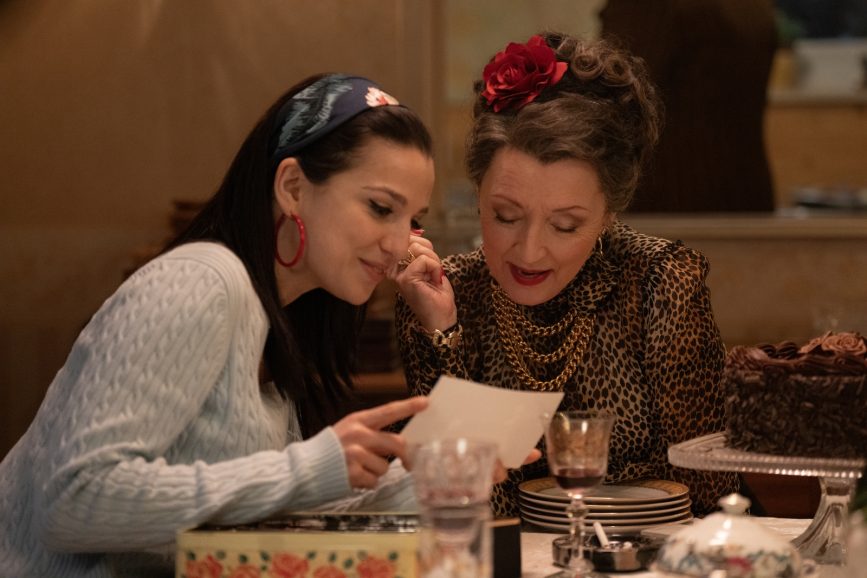
Lighting and colour
There’s lots of natural light used in the film such as the outside shots in and around Camden and Primrose Hill, as well as the sun-kissed scenes in Miami. Well, maybe not the last location.
“All of that was shot in Richmond on a very cold winter’s day,” Morgan reveals. “Sadly, we didn’t make it to Miami.”
One of the most memorable scenes shot in the town is when Winehouse and Blake (played by Jack O’Connell) go nighttime skinny dipping – which Morgan says was a very fluid shooting experience. “The house had a little pool, so at the end of the day we went downstairs and jumped in with them,” she adds. “We backlit the actors with a SkyPanel 360. That scene is after they’ve just smoked heroin together so we wanted it to feel painterly and ethereal and so played with focus and abstraction. There was a term that we coined called ‘Amy Vision’ where we used different photographic effects to explore her state of mind. We used a variety of tools to create this, from a narrow shutter and step printing to various lenses as well as prisms in front of the lens.”
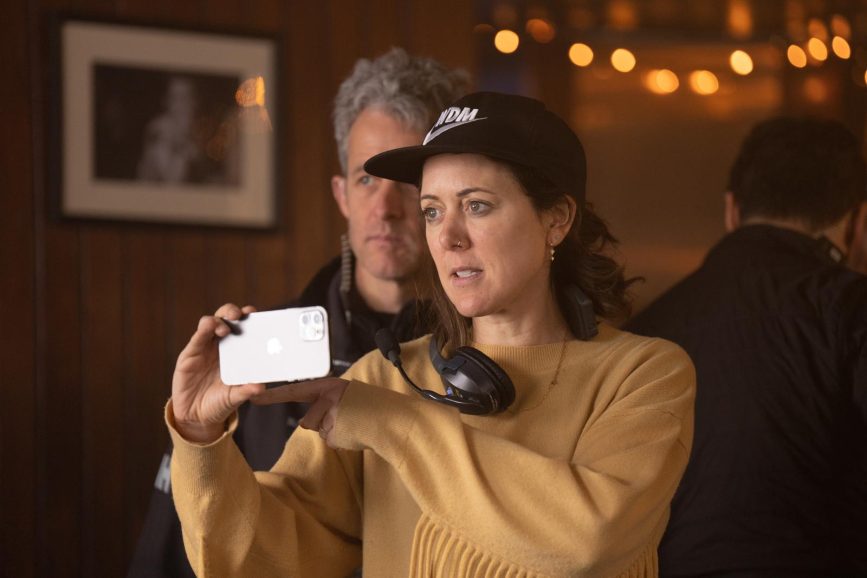
Morgan explains that the decisions she took were heavily influenced by Winehouse’s personality. “She possessed great gusto, and outwardly, she exuded confidence,” she adds. “Her life was filled with vibrant colours, as evident in the film. Her flat was adorned with bright pink and orange hues. Early on, I grappled with this concept because here was a woman whose life was marked by desperation, yet she surrounded herself with vivid colours, which seemed contradictory. I had to figure out how I would capture this photographically and create the right tone.”
The approach Morgan adopted involved using an ENR bleach bypass film emulation for the camera LUT. She collaborated with colourist Natasha Leonnet and colour scientists at Picture Shop in Los Angeles.
“We conducted several tests and made detailed adjustments to the curve as by its nature the emulation was very heavy in contrast” she adds. “Therefore, we lifted the toe of the curve so it was softer in the low end and enabled us to capture more details in the shadows. This worked well with the softness of the lenses which help to counteract the contrast in the curve.”
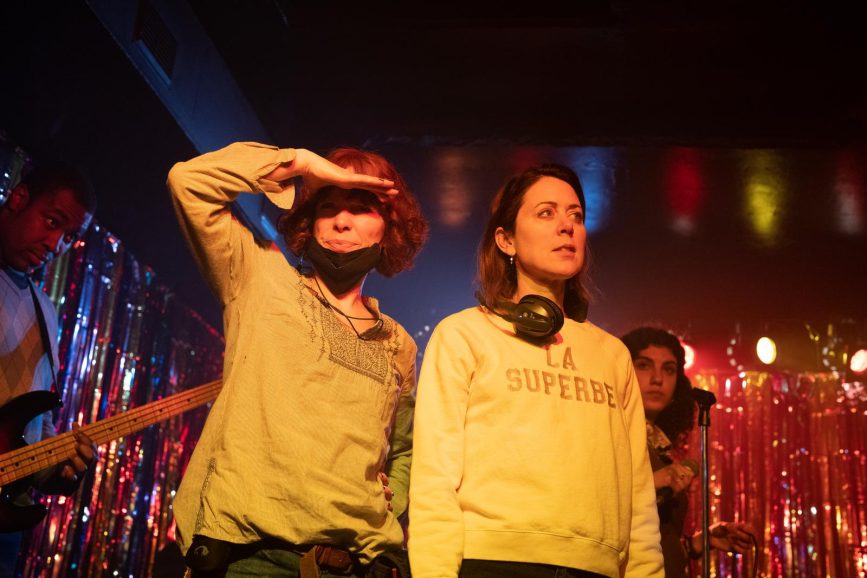
Consequently, when lighting certain scenes, Morgan “had to ensure there was an abundance of colour on set to ensure that the camera captured it on screen. The LUT desaturated the colours so powerfully, so we really had to hit them hard when we wanted them to read.”
Indeed, colour is a pivotal theme in the film, and one of the visual techniques Morgan employed was to depict an arc in Winehouse’s life. “At the beginning of the film, there’s a vibrant palette reflecting her hopeful outlook,” she explains. “However, as her circumstances grow more desperate towards the end, the imagery becomes increasingly devoid of colour, symbolising the fading vibrancy from her life.”
When it came to lighting, Morgan used “a whole gamut of lights” including HMIs, incandescent and LEDs. For specific performances, she deployed theatrical lighting units and even got in touch with the lighting designer that worked with Winehouse in the actual performances recreated in the film. “He shared his lighting lists, which we then recreated and those units enabled me to capture more colour in the image,” she recalls. “On certain scenes, I had to revert to using incandescent lights with gels to achieve certain colours in the image as LEDs were not able to produce them through the LUT. The gels we chose ended up reducing the light by two stops, so we had to rely heavily on punchy Maxi Brutes to obtain the necessary amount of light.”

For the opening scene, where Winehouse runs down the street while the audience observes from a bird’s-eye view – a sequence repeated later in the film – inspiration was drawn from a 1998 German experimental thriller.
“We were referencing a shot from Run Lola Run, which is such a fantastic movie,” Morgan says. “They did the shot with a Steadicam off the back of a pick-up but we used a U-Crane tracking vehicle with an arm. We extended the arm out behind the vehicle and drove forward with Abela running behind us.”
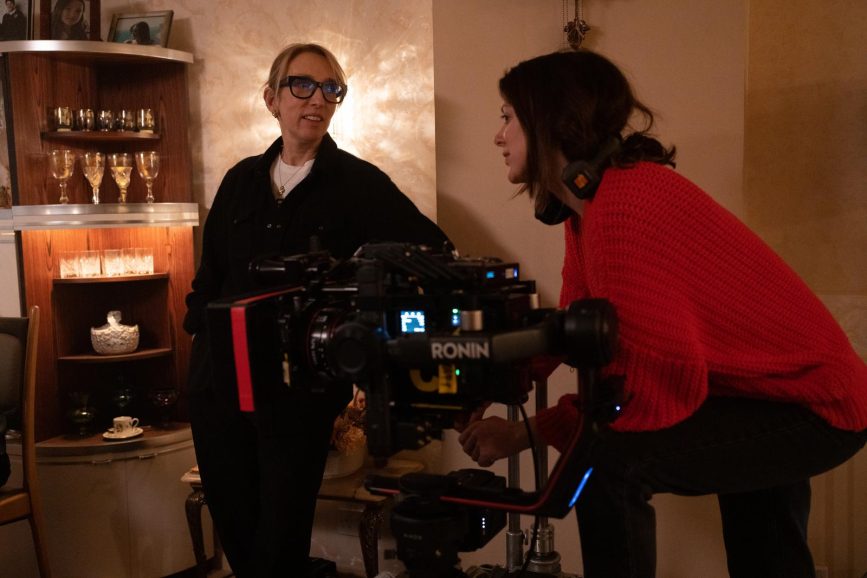
Show time
Real-life footage is not always readily accessible for biopic filmmakers, as there may be limited material of the artist. Fortunately, there is ample reference footage of Winehouse available, not least because she was at the peak of her brilliance during the digital age.
One of her most memorable performances was on the Pyramid Stage at the Glastonbury Festival in 2008. Yet despite having ample real-life footage to work with, Morgan acknowledged that replicating it would pose a challenge in more ways than one.
“When I first heard the idea to shoot Glastonbury on stage I was a little bit dubious,” Morgan says, “but given the freezing cold weather and the amount of light pollution, it seemed like the best idea. We shot on a small stage at Elstree and luckily our talented production designer, Sarah Greenwood, scaled back the stage to fit in the space and to ensure the perspective was accurate. I am very proud of that sequence as with the design of the space, the lighting and a little help from VFX, you really feel like you’re at Glastonbury.”
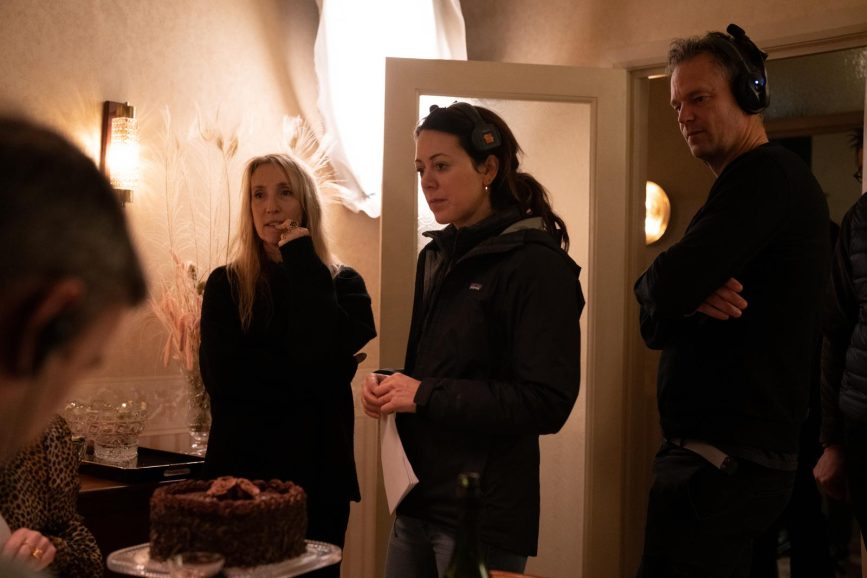
–
Back to Black will be available to buy and rent from digital platforms on 27 May and available to own on 4K Ultra HD, Blu-ray and DVD from 1 July.

